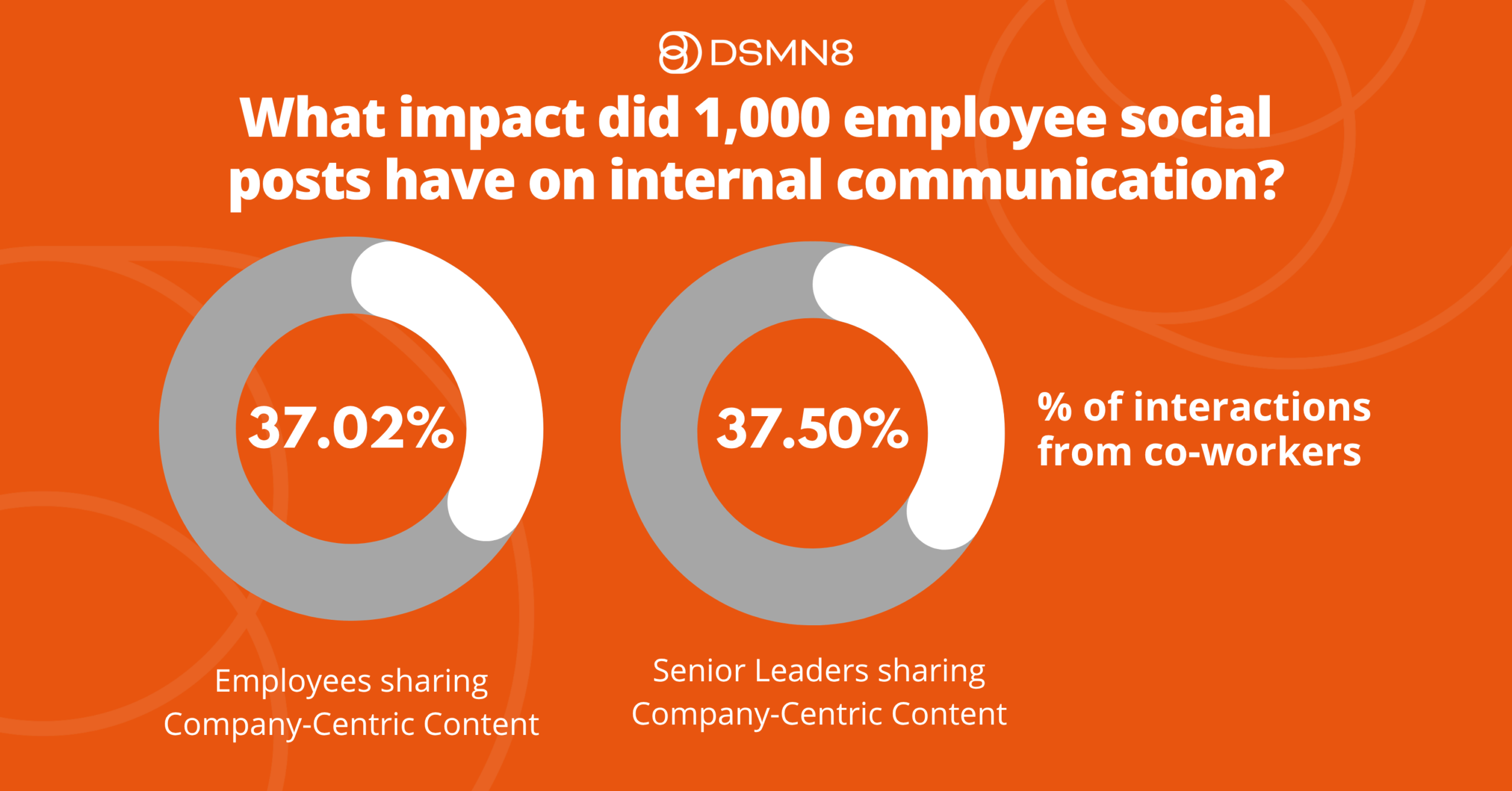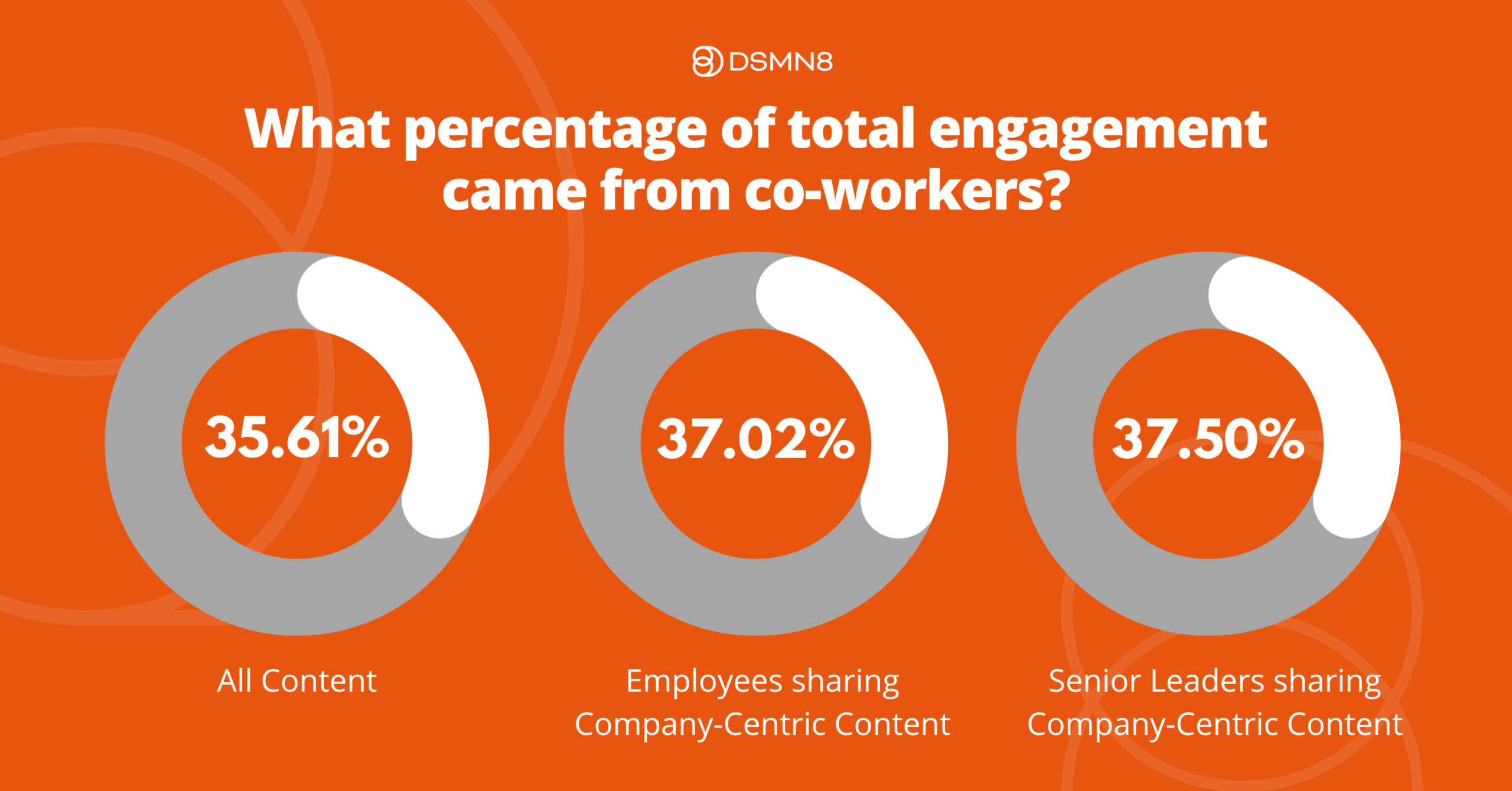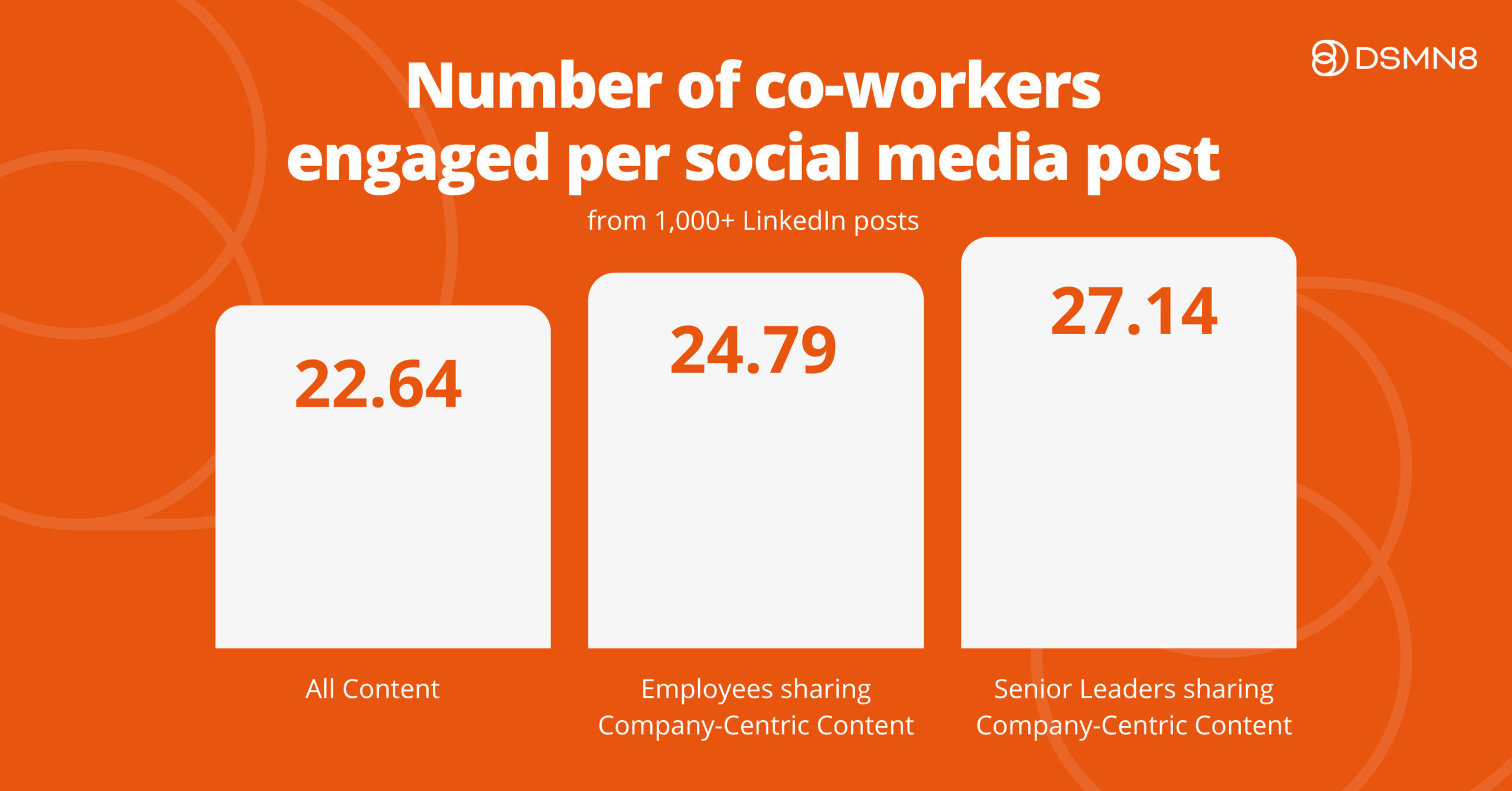What's on this page:

Last updated: 28th Oct 2025.
Employee advocacy and marketing go hand in hand.
The industry often discusses employee advocacy as a marketing strategy.
Us included! 🤝
It’s like all great duos.
You think Scottie Pippen, you think Jordan.
You think Han Solo, you think Chewbacca.
And when you think of employee advocacy, you think of authentic marketing.
It’s a no-brainer 🤷♂️
Employees can take brand messages further.
Up to 561% further, in fact.
(According to an MSL Group study)
Better reach = better brand awareness = better marketing.
But this fact—and many other employee advocacy stats like it—got us thinking…
Have we overlooked something here?
The Question
Does employee advocacy have a role to play in internal communications?
It sounds like a contradiction, right? 🤔
The very nature of social media is external, after all.
But consider this…
For any other company you want to keep up with.
You go to social media, right?
You follow their pages and you connect with their employees.
Brands know that that’s where their audiences are.
So it makes sense to reach them there 💪
Well, why not apply the same logic to your own workforce?
We’re not suggesting that all internal communications, no matter how sensitive, should be posted on social media for the world to see.
Far from it.
But if brand messages can be shared and amplified by employees who are connected to other employees, then, by default, more of your workforce will see your brand messages.
Not every employee will open (or read) internal emails.
And not every employee will frequent your company’s intranet.
But you’d better believe they’ll be scrolling 👏
Here, we believe, is where the opportunity lies.
You don’t want average internal comms; you want to reach as many of your workforce as possible in the most effective way.
Employee advocacy isn’t going to replace internal comms, but can bridge the gap between internal communication and external engagement?
We decided to find out.
The Data
That was our hypothesis.
So we decided to test it and conduct the research.
We analyzed over 1,000 LinkedIn social posts featuring company-centric content.
This could be a link to a blog post, a behind-the-scenes photo of a staff meet, or even a promotion announcement.
We then examined the differences between posts shared by senior leadership (VP or above) and those shared by non-senior leaders.
In total, we analyzed 400 posts from senior leaders and 599 posts from non-senior leaders.
Here’s what we found 👇
In total, a staggering 35.61% of interactions on all posts came from co-workers.
And interactions from co-workers increased when the post was company-centric.
Each company-centric post engaged an average of 22.64 co-workers.
What’s more, senior leaders drove considerably higher co-worker interactions 📈
Co-workers accounted for 37.5% of interactions on senior leaders’ posts, averaging 27.14 co-workers per post.
That’s some hefty executive influence!
These numbers tell us three things:
One: An external platform like LinkedIn can serve as a powerful “internal” communications channel.
Two: Senior leaders’ presence on social media is vital to effectively convey brand messages.
Three: Employees are seeing and engaging with their co-workers on social media.
So, what’s the opportunity here?
If 1 senior leader’s post can generate 27 employee interactions, we have a ratio of 1:27.
Using this 1:27 ratio, a company with 250 strategic social ambassadors could engage as many as 6,750 co-workers on social media.
Similarly, non-senior leaders generated interactions with 22.64 co-workers, giving us a rounded-down average of 22 and a ratio of 1:22.
Using this ratio, 500 non-senior leaders acting as ambassadors could engage 13,500 employees.
Adjust the numbers to suit the size of your organization, but the opportunity is clear.
Employees are viewing company news on social media that’s shared by their co-workers and actively engaging with their posts.
Adding employee advocacy to your internal communications strategy can amplify the impact of existing internal communications programs.
🔎 Curious what this could look like for your company? Try our Employee Advocacy Reach Calculator.
Where to start
Ready to turn these insights into action? Here’s where to start:
Watch the podcast episode below for CEO Bradley Keenan’s take on the link between employee advocacy and internal communications:
How DSMN8 helps
If you’re new here.
And you’re not sure who we are.
Or what a DSMN8 (disseminate) is 🤷♂️
Well, we provide the tools that help you take your brand messages to the next level.
We’re the #1-ranked employee advocacy platform that brings all of this activity together.
We house employee advocacy all under one roof.
We make it easy for your employees to easily find and share the latest company news, while integrating with your existing comms tools, such as Slack and Microsoft Teams.
Ready to get started with employee advocacy?
Prefer to speak with us first?
No problem.
Schedule a call with one of the team.
More on employee advocacy & internal comms:
Lewis Gray
Senior Marketing Manager and Employee Advocacy Program Manager at DSMN8. Lewis specialises in content strategy, growing brand visibility and generating inbound leads. His background in Sales lends itself well to demand generation in the B2B niche.





